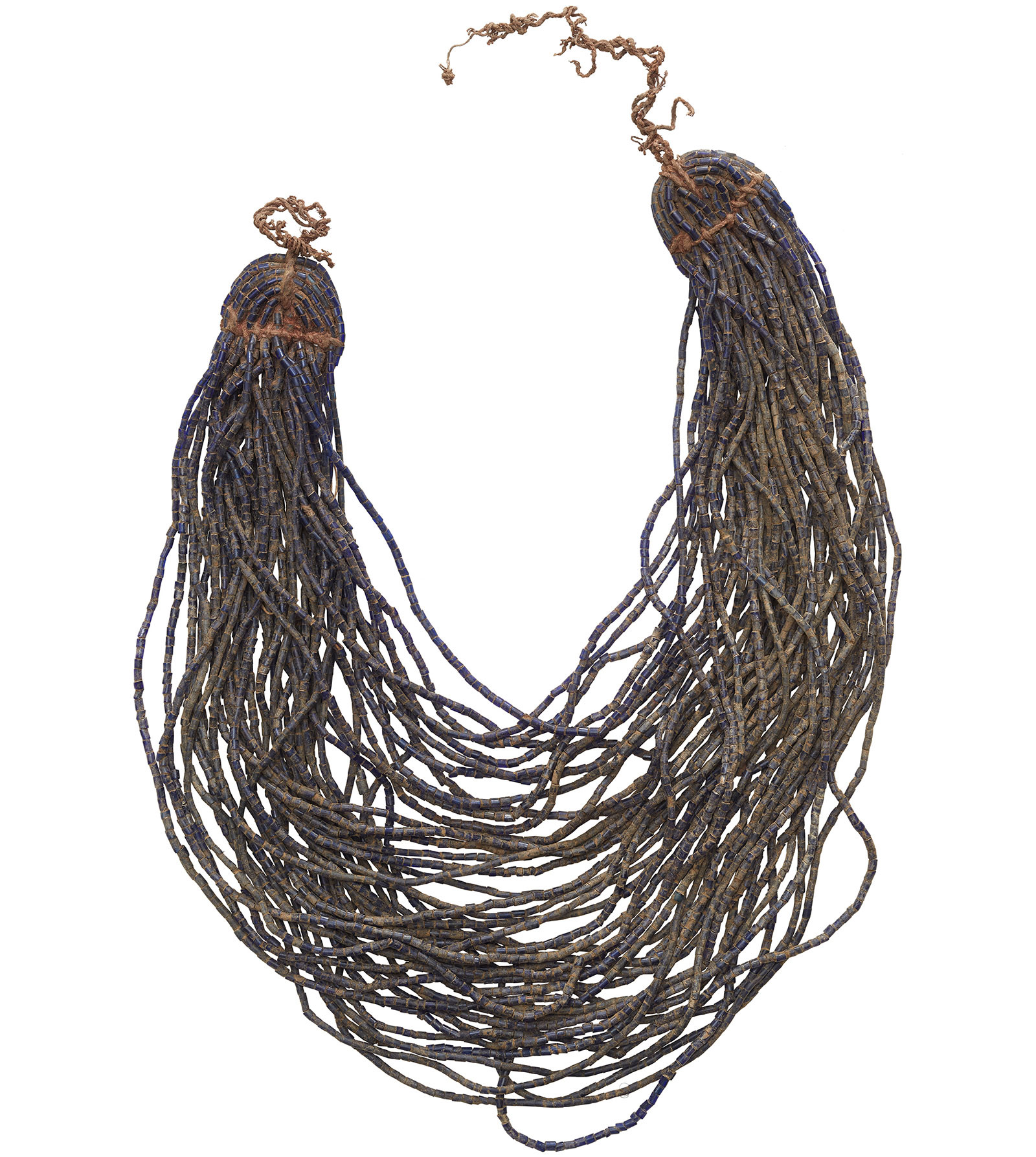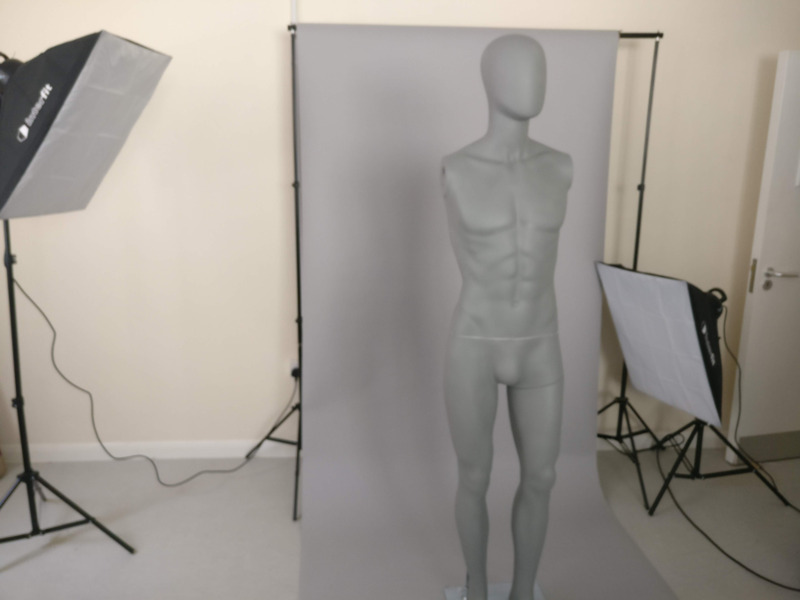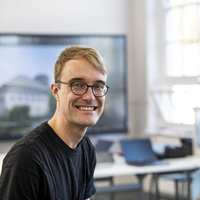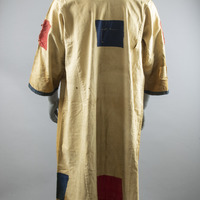Our mannequin
Item
Title
Our mannequin
Creator
Description
Of the collections in the Making African Connections Digital Archive from the Royal Engineers Museum, five were photographed with a mannequin. The mannequin is grey but humanoid with a featureless face and a male build.
It was purchased in order to photograph ‘jibbah’, Anṣār clothing held and displayed at the Museum. At the start of the project the team identified that the display mannequins at the Royal Engineers Museum were inappropriate for use in the digitisation of these collections items. Both are light skinned mannequins repainted to replicate darker skin tones, with dark eyes and European facial structures overpainted with stereotypical North African features (moustache, goatee, cropped hair). It is our view that to use these mannequins as props in the digitisation and dissemination of collection items, would be to amplify the racial discourses and positional distortions that they embody.
And so we bought the grey mannequin, but not before a series of other options were examined and rejected. The light fabric on some jibbah meant that headless and armless ‘bust form’ or ‘sewing form’ mannequins, often used to display dresses, could not be used, because without arm supports the sleeves would fall too straight. Child-sized mannequins, whilst potentially easier to fit to the thick and stiff fabric of some jibbah, were deemed potentially offensive. White or black mannequins were rejected as they may suggest, erroneously, our understanding of who wore the jibbah. And clear plastic mannequins proved hard to source.
A grey humanoid mannequin was then chosen by the project team as a compromise, if an imperfect one. The grey was not attempting to mimic a skin tone and was therefore felt to be more neutral. Grey is alien rather than human. The featureless ovoid face is of the contemporary shop window rather than of nineteenth century Sudan. And the male torse is correct in so far as Anṣār soldiers were predominantly men, but its shape and smoothness invoke the classical ideals of male beauty amplified during the European Renaissance rather than anything specific to the history and culture of the Anṣār.
While we initially felt that it was important to have the clothes on a mannequin in order to show their relationship to the human body and to emphasise that these were garments worn by a person. On reflection, the grey mannequin seems to have further disembodied the collection and obscured the history of these objects as closely connected to individuals. It may have been more appropriate to photograph the items without a mannequin, perhaps by hanging the items from wire in a way that showed their shape but did not attempt to suggest a person. As we look towards re-exhibiting the jibbah at the end of the project, these reflections will feed into our decisions about display.
And so we bought the grey mannequin, but not before a series of other options were examined and rejected. The light fabric on some jibbah meant that headless and armless ‘bust form’ or ‘sewing form’ mannequins, often used to display dresses, could not be used, because without arm supports the sleeves would fall too straight. Child-sized mannequins, whilst potentially easier to fit to the thick and stiff fabric of some jibbah, were deemed potentially offensive. White or black mannequins were rejected as they may suggest, erroneously, our understanding of who wore the jibbah. And clear plastic mannequins proved hard to source.
A grey humanoid mannequin was then chosen by the project team as a compromise, if an imperfect one. The grey was not attempting to mimic a skin tone and was therefore felt to be more neutral. Grey is alien rather than human. The featureless ovoid face is of the contemporary shop window rather than of nineteenth century Sudan. And the male torse is correct in so far as Anṣār soldiers were predominantly men, but its shape and smoothness invoke the classical ideals of male beauty amplified during the European Renaissance rather than anything specific to the history and culture of the Anṣār.
While we initially felt that it was important to have the clothes on a mannequin in order to show their relationship to the human body and to emphasise that these were garments worn by a person. On reflection, the grey mannequin seems to have further disembodied the collection and obscured the history of these objects as closely connected to individuals. It may have been more appropriate to photograph the items without a mannequin, perhaps by hanging the items from wire in a way that showed their shape but did not attempt to suggest a person. As we look towards re-exhibiting the jibbah at the end of the project, these reflections will feed into our decisions about display.
Since the start of the project the Royal Engineers Museum have taken the decision to replace the repainted mannequins described above. A number of solutions were considered, such as using a T-pole structure, but space in the cases did not allow for this. At the moment the jibbas are on unpainted mannequins but in the longer term the museum hopes to replace these too. The museum would like to use body mannequins with wire supports for head gear to continue to convey the relationship between clothing and the body. Ultimately these will be used across all displays within the museum because it is important that clothing worn by people from different parts of the world is not treated differently to that worn by British soldiers. However, the cost of mannequins means that they will have to be replaced gradually. [NSty 01/10/20]
Publisher
Making African Connections
Contributor
Date
August 2020









